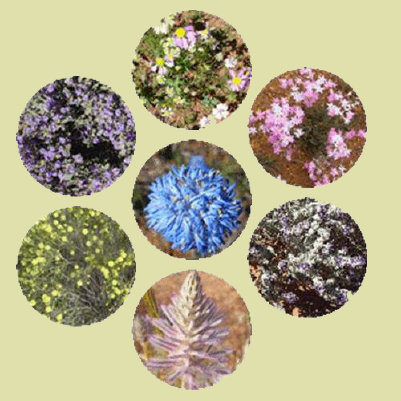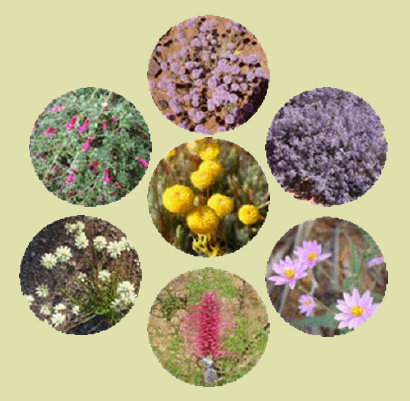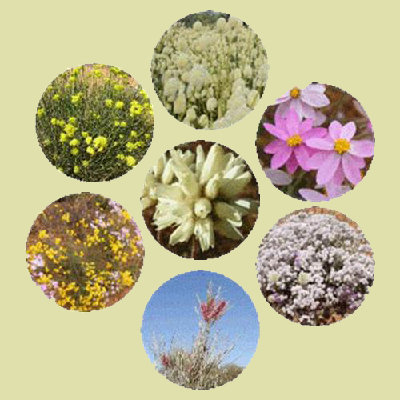Australia So Much to See


Western Australia 2008. We see a colourful display of wildflowers in the Mid West in one of the best wildflower seasons in years.
From the small mining town of
Roadside wildflowers became more frequent, and we stopped on tracks beyond a rest area amidst a sea of colour.
The Mount
Magnet Caravan Park is a good one for a night or two. From the small mining town of
Extract from signage at Joker’s Tunnel:
William Nottle discovered gold in the Gnow’s
This tunnel which is over 100 metres in length was not actually on the Joker lease, but one the nearby lease called Star of Bilbertha. Gold was found in pockets and with no definite lode to follow and many shafts and tunnels were sunk. Returns were disappointing
returning only three kilograms of gold for 550 tonne of rock processed. During 1898 the battery and the Joker Hotel were
both moved to Fields Find.
Entering the tunnel.
Looking back out the tunnel entrance.
The railway ran from 1898 to 1978, and now the former Railway Station building is used by the community for sporting clubs who maintain
this historic building. There is also a part time Post Office in the building, and fuel bowsers operated by card in front. The sports ground and race track area were lovely and green.
Views across to a salt lake from near Joker’s Tunnel entrance.
Yalgoo is a tiny town with a population of 110 in the town and 350 in the 33,257.9 square kilometres Shire. Main industries
are mining and pastoral stations. Mining includes gold, iron ore, tantalite, bauxite and copper. This town had seven hotels
during the gold rush. Now there is only one.

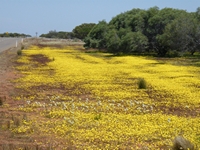
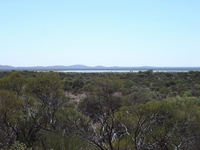
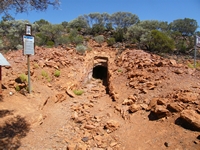
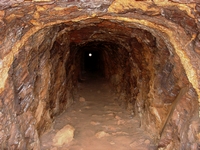
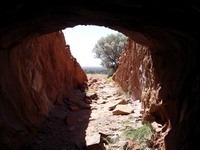
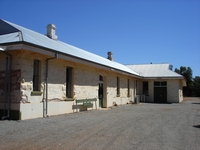
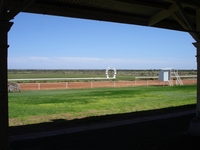
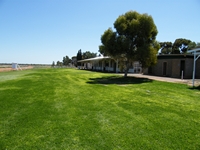
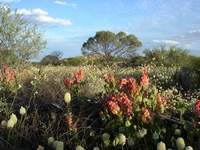
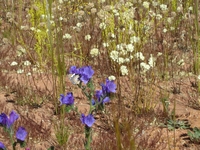
As we neared Mullewa, we could see in the distance the distinct line of change from scrublands to cultivated farms and the first cereal
crops we had seen since leaving the wheat belt at the start of our trip four months earlier.
By the time we reached Mullewa, it was starting to rain; too late for many crops here, but for the rest of the state it was just in
time to save crops following a very dry spring. The rain was widespread throughout the agricultural areas of the state.
In between the very wet first and last days of our trip, whikle in between we had enjoyed many
fine and often hot days touring just some of that wonders that North Western and
No more photos of the roadside displays of colour, but more than compensated by the very welcome rain.
